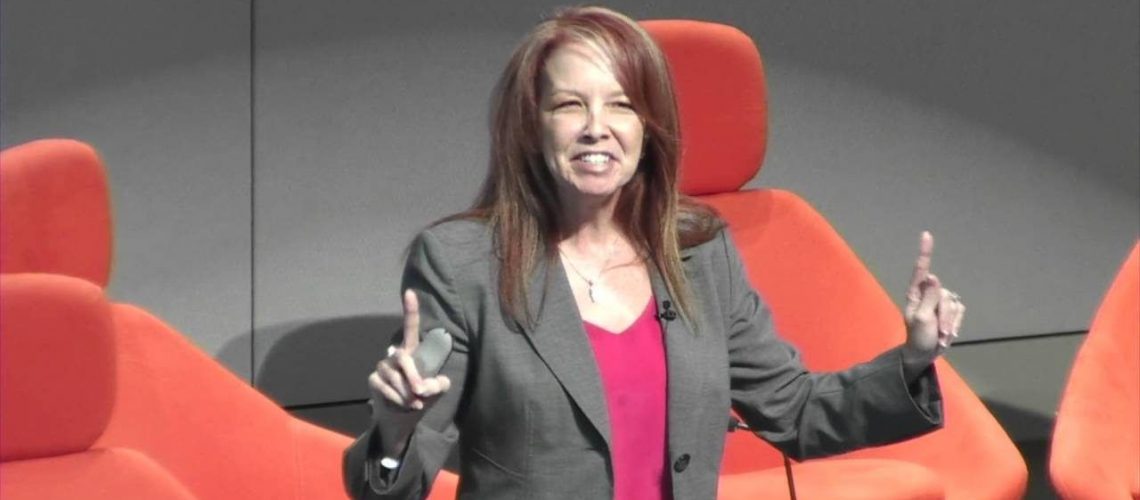Increase D&I with Policies that Boost Employee Satisfaction
When people talk about trying to increase D&I, they’re usually discussing diversity training and policies that impact how human resource departments function. Those are important features, but the reality is that diversity and inclusion is a culture. If you want to attract and keep a diverse talent pool, you need to create an environment that gets the broader population excited about coming to work. In other words, some of the very best ways to increase D&I don’t necessarily look like diversity and inclusion policies on the surface. Check out these six examples.
1. Maternity and Paternity Leave
Chances are, your company is already legally required to offer paternity leave. If this fact surprises you, you’re not alone. Most people don’t realize that the Family and Medical Leave Act (FMLA) mandates 12 weeks of unpaid time off annually for all employees of companies with 50 or more staff members. This covers births and caring for immediate family members with a health condition. The umbrella covers mothers, fathers, and individuals adopting.
However, if your company offers a better maternity leave
package for mothers, be sure to extend the same privileges to birth fathers and
those adopting as well.
2. Floating Holidays
Holidays can be a sticky subject for employers, but it doesn’t need to be that way. Sure, you will have some who celebrate Christmas and others who celebrate Hanukah, Ramadan, Kwanzaa, Yule, and so forth, but there’s no need to hammer out policies that address each one individually. It’s a simple as giving your employees floating holidays to leverage as they wish. Research from SHRM shows that just 30% of organizations are doing this and more than 80% don’t let their employees swap holidays. This simple adjustment to your policies doesn’t increase overhead costs and will not only increase D&I, but make your company one of the few with this essential benefit.
3. Flexible Schedules
Approximately 43.5 million people in the US provide unpaid care for at least one child or adult, according to Cargiver.org. This includes parents, those who care for their own aging parents, and those who care for a disabled spouse or another family member. About 75% of caregivers are women. Day-to-day needs can certainly be handled outside working hours, but when someone is sick, there are medical appointments to be seen to, and other things that simply cannot be put off occur, it naturally impacts attendance. Morale is also influenced when the caregiver cannot see to everything at once. Find ways to offer flexibility to support their needs. The obvious way is through telecommuting, but if this isn’t possible, consider allowing employees to flex their schedule as needed.
4. Mentorship Programs
Mentorship is invaluable for both mentor and mentee alike. It not only creates a culture of empowerment, but demonstrates to the individual that he or she belongs. Mentorship programs also helps cultivate talent, giving your organization more opportunity to hire from within. If your energy company doesn’t have a mentorship program already and you’d like to take part in one, check out Lean In Energy.
5. Dress Codes
As an employer, you have every right to create a company dress code, so long as it isn’t discriminatory. However, you might want to think twice about doing so. Your no-tattoo policy would weed out candidates like Thomas Edison, Teddy Roosevelt, and Andrew Jackson. If we’re looking at the modern era, it’s also worth noting that Twitter stock jumped when CEO Jack Dorsey got a nose ring. Some of the most innovative people of all time eschew social norms. Those are the very people you want on your team.
6. Relationship-Fostering Activities
Activities outside the workplace that build relationships
are crucial, but it’s important to ensure nobody is excluded when you host
them. Take polls to find out what people like to do, which organizations they
support, and if they have dietary restrictions or special needs before booking
an event.
Take Small Steps to Increase D&I
It may be better to create a comprehensive diversity and inclusion program in the long run, but you can take small steps to improve D&I before you kick yours off or to enhance what you’re already doing. Join Pink Petro to keep learning and connect with peers, leaders, coaches, and mentors.
Feature image credit: Photo by rawpixel.com from Pexels.




